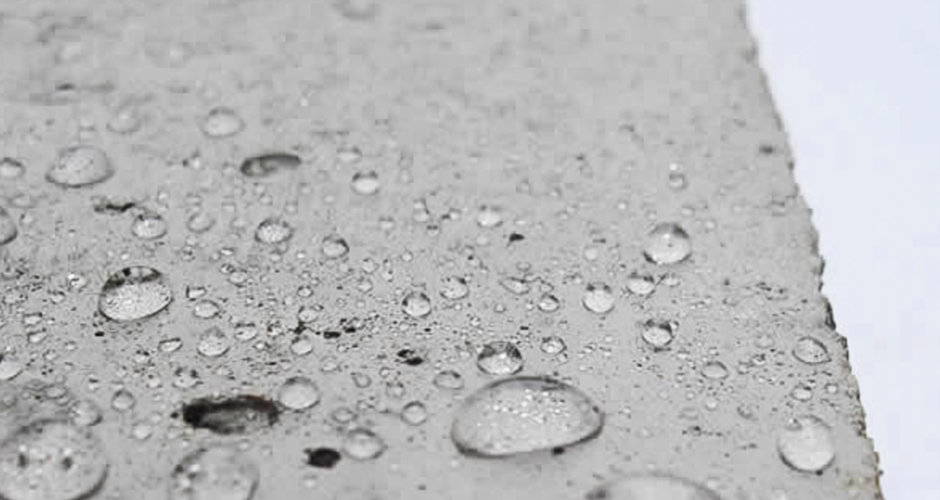By nature, concrete should be watertight, and testing reinforced concrete for water-tightness is important to ascertain if the concrete is free from leaks is by testing its water-tightness. During the test, the reinforced concrete structures are supposed to be filled with water and left for a minimum of six days to allow adequate water absorption time to take place in the concrete. The factors used to determine the water tightness of a reinforced concrete structure include; surrounding temperatures, linings of finishing layers used in the structure, and the structure’s location. After the test, an analysis will reveal how temperature, evaporation, and precipitation affect test results.
How are reinforced concrete structures tested for water-tightness?
- Fill the structure with water but remember to measure the water at two points:
- At four points-90 degrees
- At two points-80 degrees
Leave the water in the concrete structure for not less than five days to observe the leakage rate. According to America Concrete Institute (ACI), 0.1 percent of the leakage rate should be identified in the first 24 hours.
- Start the recordings- when the water is below 45 cm below the water surface, record the water temperature. If the described leakage basis is severe, then it’s advisable to measure and record the temperature at a 1.5m depth interlude. The temperature conditions that represent three seasonal conditions are summer (40 degrees), spring/autumn (20 degrees), and winter (4 degrees).
- To measure evaporation and precipitation, fill a calibrated, open container with water position the container inside the concrete structure. Measure the water every 24 hours, both in the open container and the concrete structure.
If the open container’s water level does not match that of the concrete structure, evaporation and precipitation are taking place and should be used to examine the concrete structure recording. Use the calibrated container to measure evaporation and precipitation throughout the test. The results of a water-tightness test can be exceedingly affected by evaporation and precipitation.
- Once again, inspect the exteriors of the reinforced concrete structure for any detectable leakage. Loss of water might occur at joints, secondary flaws, and fittings. The leakage depends on the water pressure at these spots, and cracks with visible leakage could widen.
- Continue the test till the water surface drops to 12.7mm if the leakage rate is permitted. Permeable leakage is also likely to occur; however, it will result in little loss of water. Permeability is the flow of water through uncracked concrete, and it ranges according to individual segments of components used in the concrete.
- At this point, measure and record the water level. Generate accurate results; it’s essential to document the reinforced concrete structure’s water level measurements consistently. Put down the measured recording of the dropping water levels on the same document you put first water level measurements throughout the test to make work easier.
- It is critical to also measure and record the water level in the calibrated open container to measure evaporation and precipitation in the concrete structure. If the water level in the container has drastically dropped and that of the concrete structure slightly dropped, water lost in the concrete structure is a result of evaporation.
- Finally, calculate the leakage measurements caused by evaporation and precipitation, then the leakage caused by cracks or joints. The results will determine if the structure has been built watertight.
It is crucial to retest the reinforced concrete structure for water-tightness if the first test fails to avoid leakage in the future. It will take more time and cost to repair any damage caused by a leak than the inceptive price and testing time.

